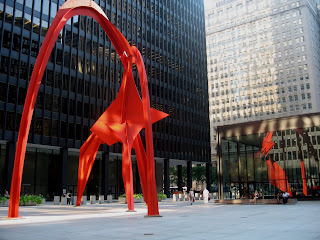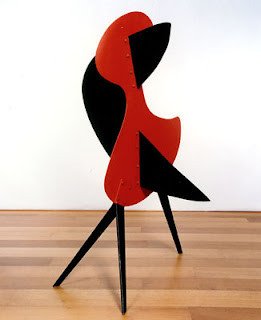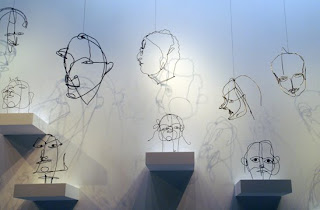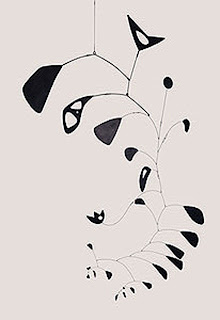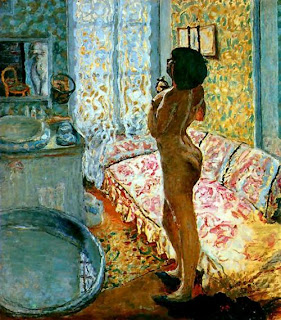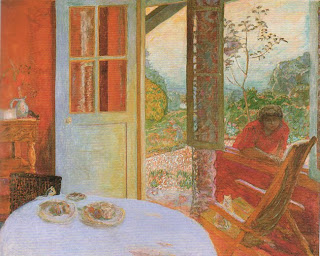He was born in Pennsylvania in 1898. His entire family was immersed in the art world, his father a sculptor, mother an artist, and sister instrumental in the UC Berkeley Art Museum.
He was discouraged from becoming an artist and studied engineering. He became fascinated with circuses after doing sketches for a newspaper of the Ringling Brothers.
In 1926, he moved to Paris. His Cirque Calder was popular among the French avant-garde. He moved back to the US a year later and stayed very active building sculptures on various different scales throughout his life (including large sculptures in major cities around the US).

